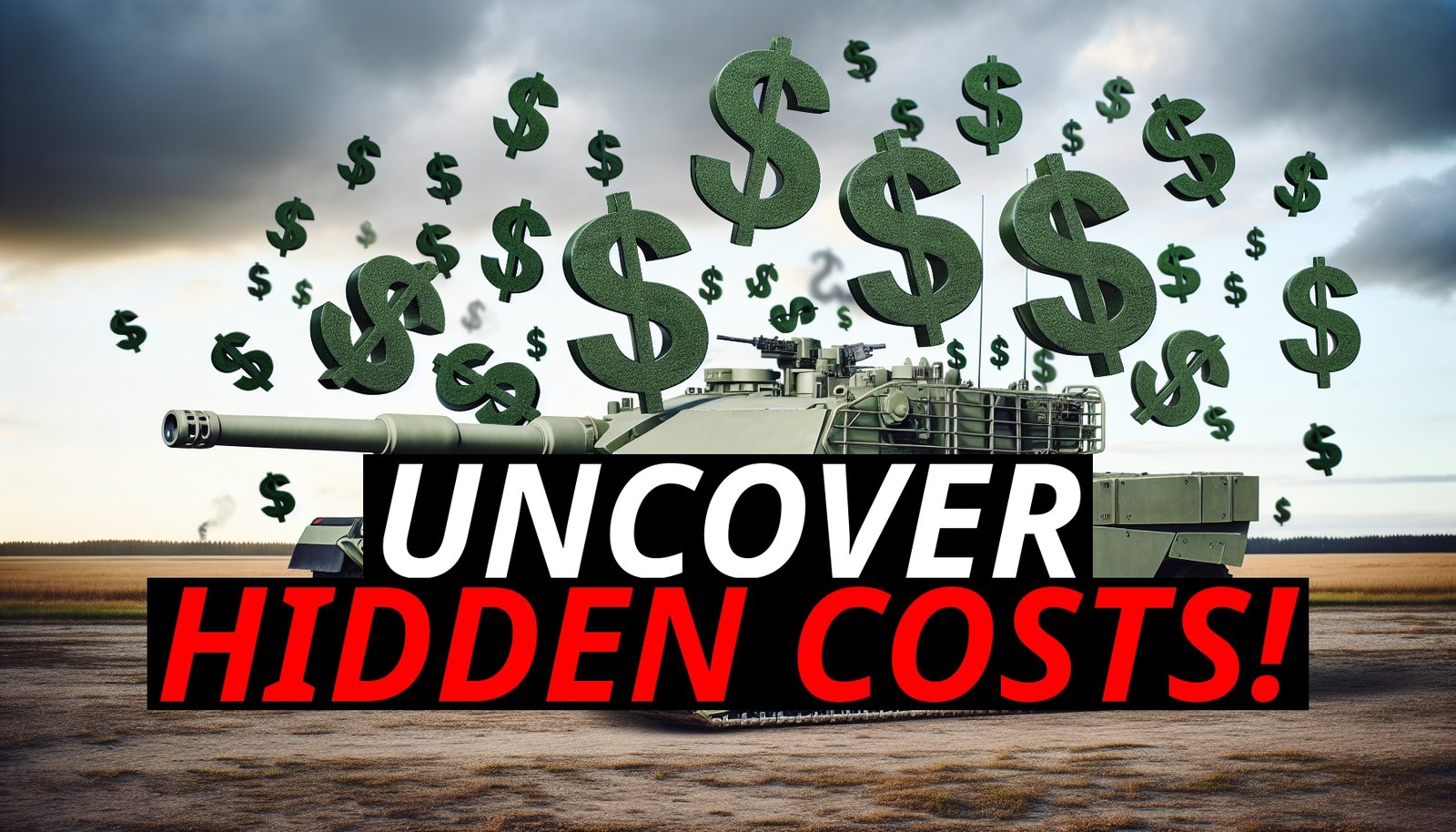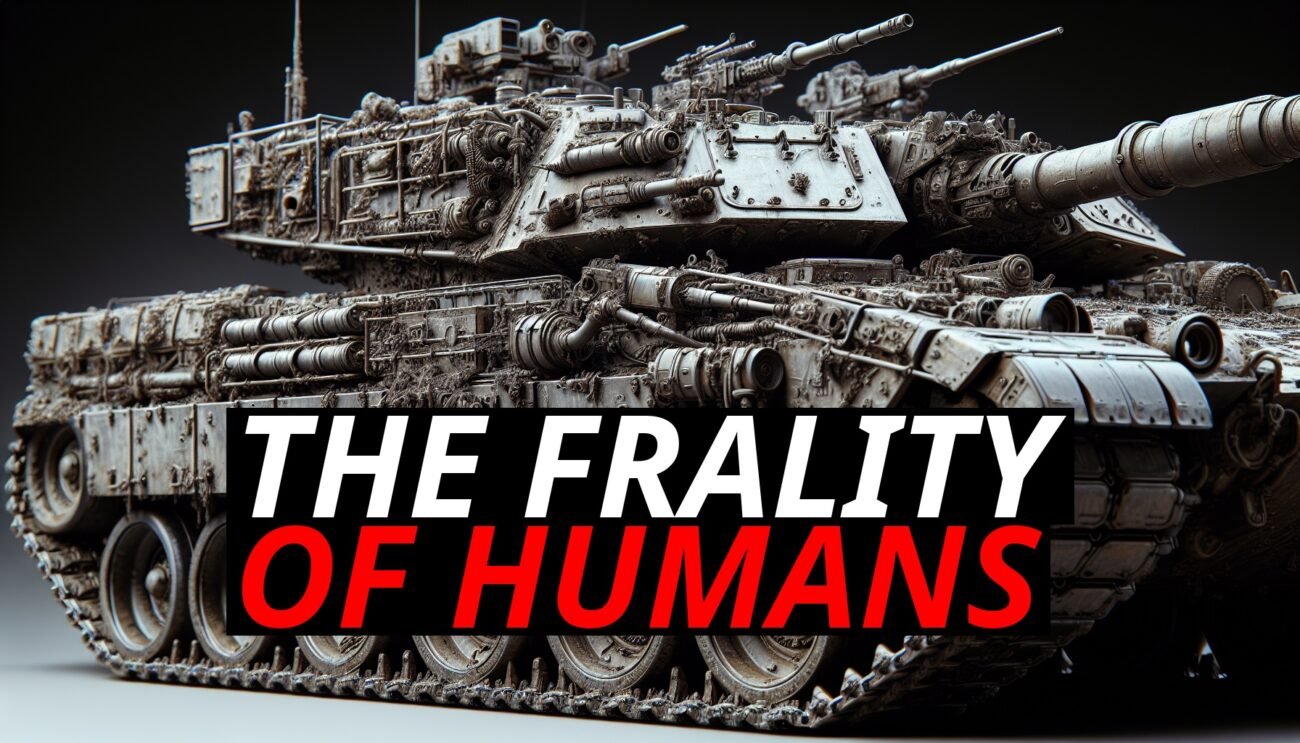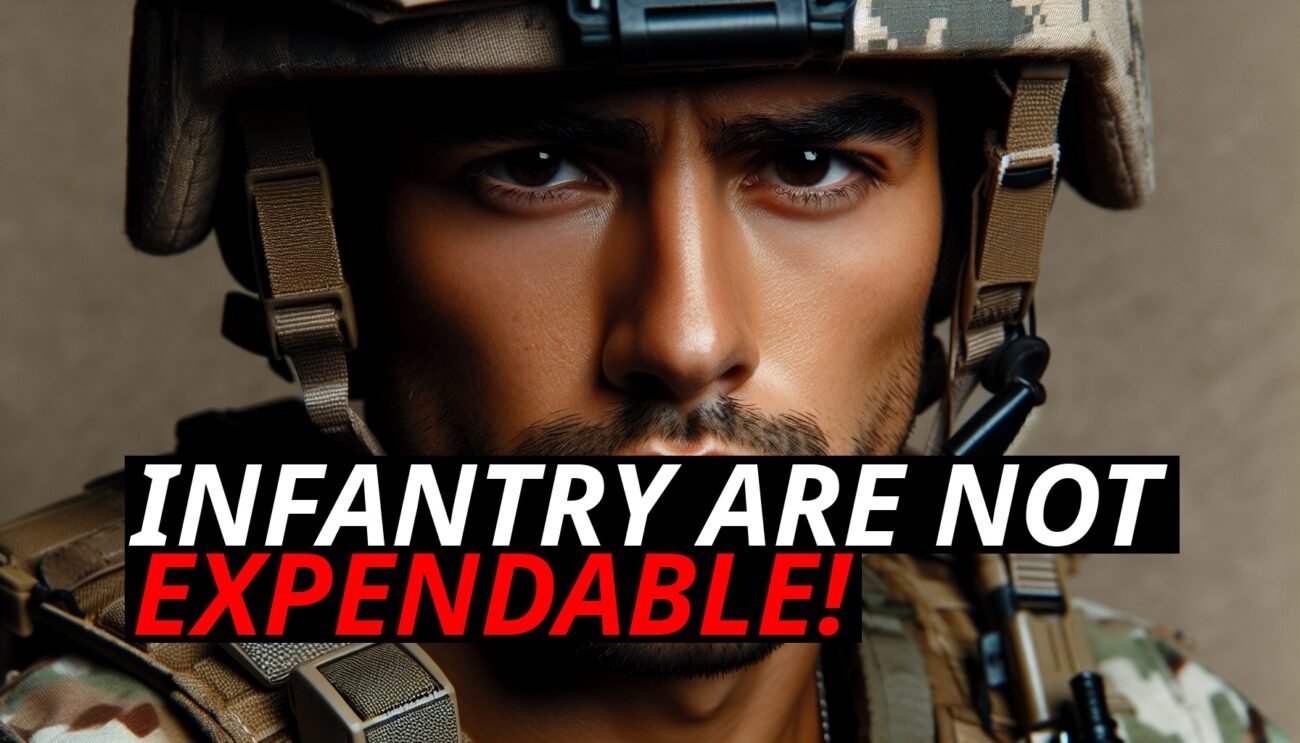💡 Introduction:
In military operations, high-cost equipment like tanks is often perceived as a significant financial burden. However, a deeper analysis reveals that investing in such equipment can be more economical and beneficial in the long run, particularly when considering the human element, survivability, and operational efficiency.
💰 The True Cost Of Infantry:
- Procurement Costs:
– Raising and Training: Infantry soldiers represent an immense investment, from 18 years of upbringing to rigorous and costly military training.
– Ongoing Training: Continuous training is required to keep soldiers combat-ready, further adding to the costs.
- Maintenance and Logistics:
– Sustenance and Support: Soldiers need food, shelter, medical care, and regular leaves, all of which require substantial logistical support.
– Infrastructure: The infrastructure for training, housing, and supporting soldiers is a significant ongoing expense.
- Losses and Replacement:
– Human Cost: The loss of a soldier is a profound loss, encompassing years of investment in training and personal development, along with the emotional and societal impact on families.
– Replacement: Recruiting and training new soldiers to replace losses is both time-consuming and costly.
🛡️ Economics Of Armored Vehicles:
- Procurement Costs:
– Initial Expense: Tanks and other armored vehicles are expensive to procure but are cost-effective when considering their operational benefits.
– Mass Production: Tanks can be mass-produced, benefiting from economies of scale, unlike human soldiers.
- Maintenance and Logistics:
– Operational Efficiency: Tanks require maintenance, but supporting fewer, more effective units is more manageable than supporting large infantry forces.
– Fuel and Supply: While tanks have significant fuel and supply needs, these costs are often lower than the combined costs of supporting numerous infantry soldiers.
- Losses and Replacement:
– Repair and Salvage: Tanks can often be repaired and returned to service, and even irrecoverable tanks can be salvaged for parts.
– Reduced Human Casualties: Using tanks reduces human risk, preserving the invaluable human element in military operations.
🔄 Survivability And Effectiveness:
- Survivability:
– Reduced Casualties: Tanks offer greater survivability compared to infantry, significantly reducing human casualties. In a combat scenario, losing one tank is preferable to losing dozens of infantry soldiers.
– Protection: Tanks provide better protection against enemy fire, increasing the chances of mission success and reducing the need for large numbers of vulnerable infantry.
- Operational Impact:
– Firepower and Mobility: A single tank delivers firepower equivalent to dozens of infantry soldiers, enhancing combat effectiveness while minimizing human risk.
– Strategic Advantage: Tanks provide greater mobility and protection, enabling rapid deployment and response, which is crucial in modern warfare.
🔄 Key Advantages Of Tanks:
- Reduction in Personnel Requirement:
– Force Multiplier: Tanks significantly reduce the number of personnel needed, acting as a force multiplier in combat scenarios.
- Increased Durability:
– Harder to Destroy: Tanks require more firepower and damage to disable compared to infantry, enhancing their survivability on the battlefield.
- Reduced Casualties in Disablement:
– Crew Safety: Even when a tank is disabled, the crew has a high chance of surviving unharmed due to the tank’s protective features.
- Repair and Recovery:
– High Repairability: Disabled tanks often have a good chance of being repaired and returned to service, reducing the long-term loss of assets.
🌍 Civilian Parallels:
The logic of investing in high-quality equipment extends to civilian life, where reliability and safety are paramount.
– Aviation: Investing in reliable, well-maintained aircraft reduces the risk of catastrophic failures, saving lives and minimizing costs associated with accidents.
– Safety Equipment: Life jackets, although an additional expense, are indispensable for saving lives in marine environments, illustrating how upfront costs can mitigate far greater potential losses.
📊 Mathematics Of War:
– Casualty Metrics: The key metric in evaluating military assets is the number of casualties taken when a unit is fired upon. Tanks, by reducing the number of personnel exposed to enemy fire, drastically lower casualty rates compared to infantry.
– Cost-Efficiency: The cost of losing a tank is mitigated by its high survivability and potential for repair, whereas the loss of infantry represents a significant and often irreplaceable investment.
🛡️ Conclusion:
Investing in advanced military hardware, such as tanks, proves to be economically beneficial and strategically advantageous. The reduction in human risk, combined with the operational efficiency and effectiveness of such equipment, highlights the true value of these investments. In military and civilian contexts alike, the principle remains: higher initial costs can lead to greater long-term savings and enhanced safety.
Understanding this dynamic is crucial for policymakers and military strategists, ensuring that investments are made in a way that maximizes both economic and human value.













